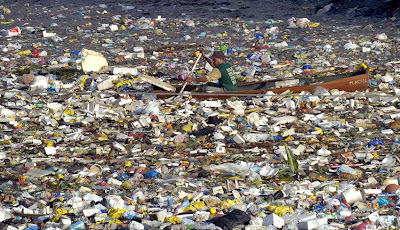With the newly designed artificial foot, it captures that energy wasted during each step and a microcontroller causes the boot to return the energy to the system at the most necessary time. It gives a "push-off" from the ground that normal walkers have naturally.
According to the article, test subjects with regular prosthetic feet spent 23% more energy walking than normal walkers, while the new prosthetic foot only spent 14% more energy. The test was conducted with non-amputee test subjects and they used a rigid boot and prosthetic simulators to compare the differences. It proved that the innovative new design, which only uses a small battery, is almost twice as productive.

The most interest part of this article wasn't the new foot that was created; it was more about how cool it is to learn about the science behind some of the most basic functions like walking and also hear of the ways that engineers think. Its like every time you look, there's a new product that is increasing the ease of our daily lives. The world is like one big wiki page and its always being edited by new people and that's what seems so amazing. When it looks like there has been so many advancements just throughout the course of our lives, you would think the progress would slow down over time but there are so many people out there who have a different way of thinking. They don't look at the world and say, "wow, all this progress is awesome." They think of ideas to make things better. Its only a matter of time before it will be easier to walk with fake legs than real legs. I just hope that I can someday learn to create my own ideas even when it seems that the boundaries have already been set.
